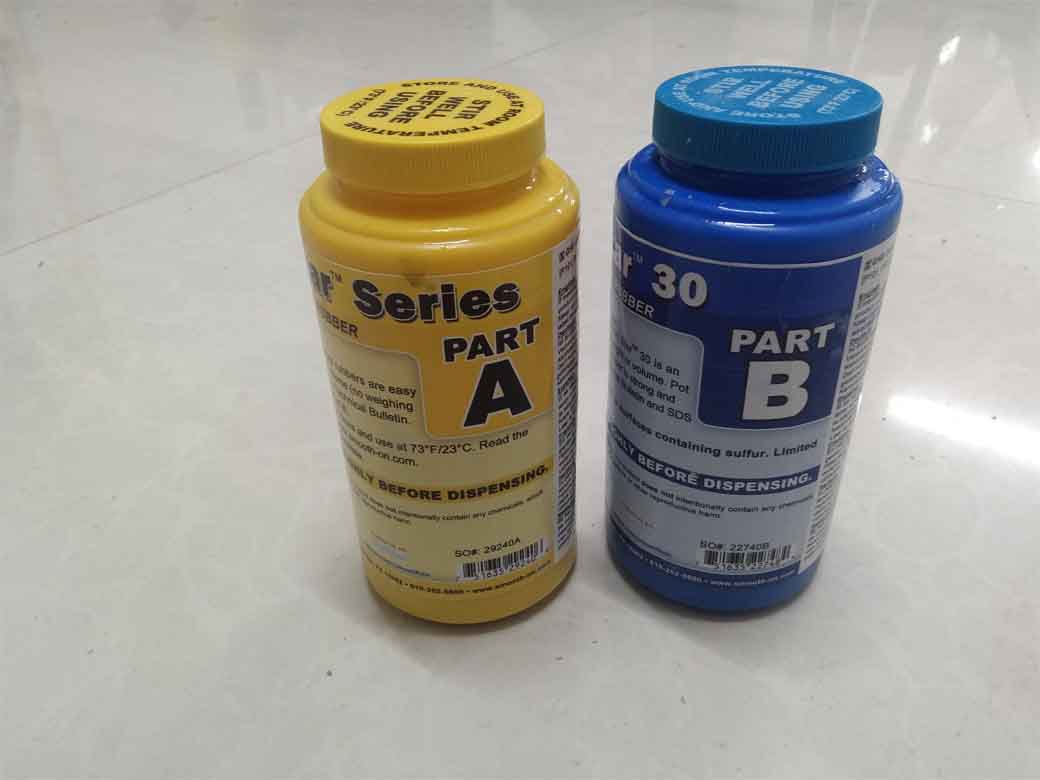Molding and Casting
Group Assignment
Group Assignment:
review the safety data sheets for each of your molding and casting materials,
then make and compare test casts with each of them
extra credit: try other molding and casting processes
The group work that our group has done can be seen here
Mold Star Platinum Silicon Rubber
In my lab inventory, we have silicon rubber, hydrostone, oomo and wax for this week's assignment. However, oomo is expired and we couldn't use it for our assignment.
As for Mold Star silicon, we have Part A and Part B as shown below:

Safety and Material Details
Details about the product and its safety can be seen Mold Star™ Series
It is mentioned that Mold Star™ silicones cure to soft, strong rubbers which are tear resistant and exhibit very low long term shrinkage.
Which means that it is very strong but also flexible enough to take out the casted materials.
These are also good for casting wax, gypsum, resins, and other materials including hydrostone.
It is also heat resistant up to 450°F (232°C) and is suitable for casting low-temperature melt metal alloys like lead.
Mixing Ratios
Silicone rubbers are mixed 1A:1B by volume and it need not be very precise. It cures in a room temperature. As far as the datasheet is converned, it is mentioned that no vacuum is needed to degas the molds made with this product, it is optional though.
Pouring, Curing and Performance
Pouring: should be done from one spot and let the mixture settle itself. Make it a uniform flow so that it will help minimze the entrapped air.
Curing: At room tempture, it will cure at 4 hours time. However, applying a mild heat will help it cure faster.
Performance: Storage and performance of a mold (cured mold) depends on how you handle it. Casting abrasive materials like concrete will erode the mold details faster than the non-abrasive materials.
Safety First:
Keep it our of the reach of the children.
Avoid eye contacts, though non-hazardous it can cause slight irritation of eyes if it get in touch with your eyes. Seek medical attention if irritation persists even after 15 minutes of flushing your eyes with water.
Hydrostone as a Casting Materials

Hydrostone is a type of plaster that is hard, strong, and has a high water absorption resistance. Its characteristics allow it to works well in plaster as well as in most flexible molding compounds. Hydrostone is usually used in making high-quality art projects and statuary castings. Refer here.
While using hydrostone, always use handgloves and it is not recommended to used in windy areas. While preparing a hydrostone paste for casting purpose, 30-32% of water of its total weight should be added to it. Pour the solution carefully into the mold and let it cure for 2-3 hours.
Test Cast
With the help of our guru Take, we made a test cast with whatever we have. We followed all the necessary mixture ratio and it was casted in room temperature.

As you can see in the above photo, the mold as well as the cast came out quite nice. Therefore, our guidelines are correct.
